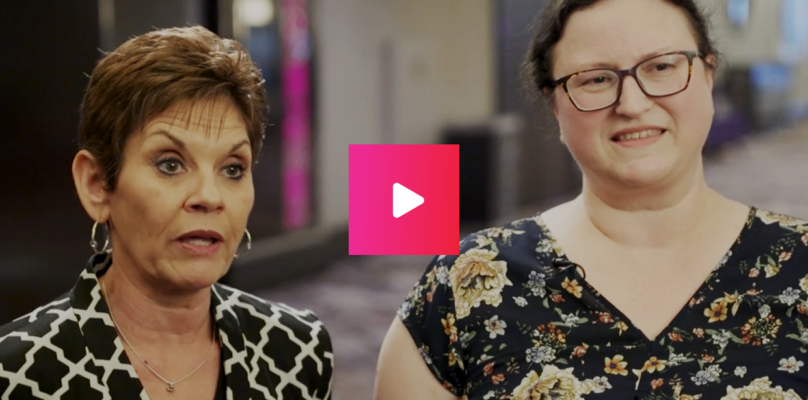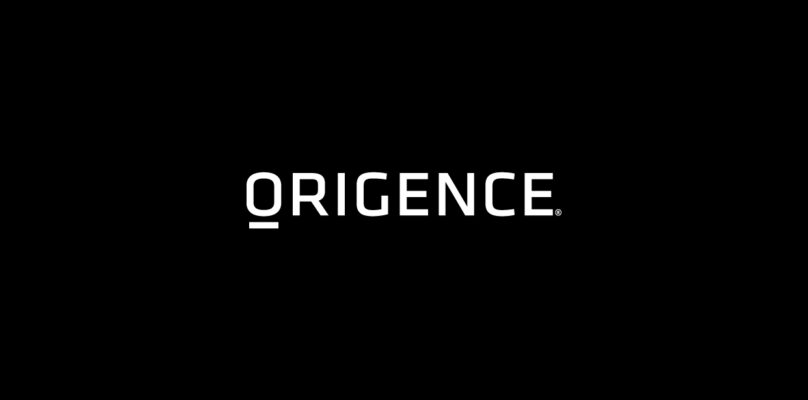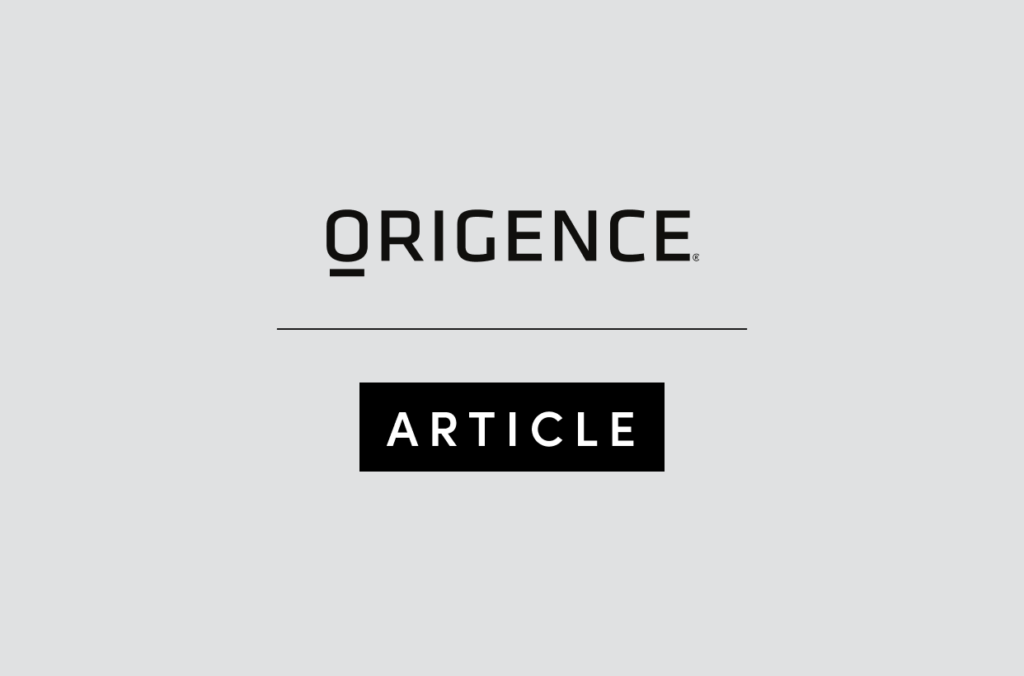The U.S. economy had been roaring back in the early part of June…until a surge of new Coronavirus infections in several states either slowed or reversed the process of reopening businesses shuttered during lockdowns.
Renowned economist Elliot Eisenberg, president of Graphs and Laughs, LLC, and popular presenter at Origence’s annual conference for the past several years, said he had been optimistic about the chances for a swift recovery before infection numbers began climbing in late June.
During the most recent Origence webcast in early July, Eisenberg said there is “lots of uncertainty” regarding many aspects of the economy, as optimistic headlines have quickly been superseded by pessimistic headlines… and vice versa.
“The news is pretty good, but there have been some headwinds – led by rising Coronavirus cases,” he said, pointing especially to Texas, Arizona, Florida, and California. “It is important to watch the consumer response to these increases in new cases because if people are afraid to leave their house to go shop there is not much we can do.”
Eisenberg said when the Bureau of Economic Analysis releases second quarter gross domestic product figures, it could be a breathtakingly negative number compared to Q2 2019: in the range of -30% to -40%. However, he noted, in many ways the recovery already began in June – before the BEA could even release its initial GDP estimate for the quarter.
The Shape of Recovery?
Because the economic decline was so swift in the face of an unprecedented shutdown, some economists have predicted a coming “V-shaped” recovery – sharply down, then sharply up on a graph. Eisenberg has stuck with his call for a “Nike swoosh-shaped” recovery, meaning sharply down followed by a long, steady, gradual recovery. In the wake of late June gloom he quipped, “I am hoping there is not a ‘W-shaped’ recovery, in which things get better, then get worse again, and then once again recover.”
“Unless everything goes off the rails, July should be a good month,” he asserted. “There are ample reasons to be optimistic – other than the fear of new infections. The third quarter should see pretty solid growth.”
Eisenberg reviewed a barrage of economic indicators, noting some were the source of optimism, while others not so much. On the plus side, consumer consumption is up, consumer expenditures have made up one-third of the drop seen in March and April, and the Bloomberg Consumer Comfort Index continues to improve. Hotel occupancy is up, while gasoline consumption is “almost back to normal,” he said. The Small Business Optimism Index bottomed and is moving up. Inflation is “not a concern” at the moment, with the Fed Funds rate currently at 0.125%. He expects this only will rise slightly in 2021, and again by a small amount in 2022.
Retail sales have recovered “spectacularly,” Eisenberg exclaimed, as the federal government “has been pushing out money and people are spending that money.”
On the flip-side, factory utilization rates have only recovered “a little bit,” industrial production is down, auto loan and credit card delinquencies are trending up, while overall household delinquency rates are lower than before the recession – but are rising. Eisenberg said some lenders are concerned that FICO scores are not as useful as they were prior to the recession because they do not tell a person’s entire economic picture, including his or her job status.
2020 corporate profits continue to look “dismal,” he said, as companies have cut or canceled dividends at the highest rate since 2009. Many companies are withholding their usual guidance as to their future outlook, not to be secretive, but because there are so many uncertainties. Banks are still “hesitant” to make loans, and many firms are still hesitant to invest. On the other hand, households are increasing their savings rate, as people spend less on goods and services.
“The May recovery was only partial, and uneven across categories,” Eisenberg assessed.
Auto Sales Make a Strong Recovery
Of particular interest to credit unions, light vehicle sales are making a dramatic recovery from a “terrible” March and April. This category has made up half the ground it lost as part of a “V-shaped” recovery, he said, and the auto industry could recover all of those lost sales by the end of Q4.
Tony Boutelle, president and CEO of Origence, said credit unions are “doing well” on auto lending, despite several challenges. He reported captives have taken some market share by offering 0% interest rates to certain consumers, but that share has been taken primarily from banks.
“It has been a disparate recovery, and auto lending by credit unions varies widely by state,” Boutelle said, noting Utah credit unions enjoyed such a surge in auto loans it made up for losses by California credit unions – from Origence’s perspective.
“I am cautiously optimistic about how we are doing,” Boutelle said. “We feel good about this summer.”
Boutelle said the next step is to determine how many of the loan deferrals credit unions are offering to their members turn into delinquencies. That will allow credit unions to determine how “aggressive” they can be with their lending in 2021, he said.
Employment Picture Improving… Sort Of
Labor markets were tight in December and January, but are no longer, Eisenberg said. He noted there is some difficulty getting a true understanding of the exact jobs situation because the Bureau of Labor Statistics misclassified some people in March, April, and May.
“The unemployment rate underestimates the problem. However, the reduction in unemployment from April to May was significant,” he declared.
Eisenberg warned the July 2 unemployment report only counted through June 12, which would not reflect the recent spike in new Coronavirus cases.
“Continuing unemployment claims are still high, but they are trending down,” he said. “Unemployment peaked at more than 24 million, which was much higher than the Great Recession.”
A recent survey found half of employers expect to bring back the same number of workers at the same number of hours prior to the shutdown, Eisenberg noted.
“We are in Phase 1 of employment recovery – a rebound of jobs as the economy reopens. The key will be what happens in Phase 2, as some layoffs become permanent.”
A Brief Look at Politics
Congressional Republicans and Democrats have been jousting as to the size and scope of the fourth round of economic stimulus to help Americans recover from the fallout of shutting down so many businesses earlier this year. Eisenberg said a new stimulus package is needed, and soon, noting the extra $600 per week of federal unemployment assistance will expire at the end of July.
“Unemployment is worse now than it was during the worst of the Great Recession,” he said. “State and local governments will be the recipients of the new stimulus, along with possible incentives to individuals for finding a job. I am hoping it will be passed soon, but it has to be passed by July 31.”
Eisenberg does not believe any shutdown from the recent rise in infections will be as dramatic as before.
“We did it once, we can’t do it like that again,” he said. “How much we shut down will depend on running out of hospital beds. Individuals can help the economy…people just need to be cautious.”
The majority of recessions since 1937 have lasted for three quarters (there are six such instances). Three lasted for four quarters, two of them took five quarters to pass, while one dragged on for six quarters. The current recession should be the second that only lasted for two quarters – as long as businesses are able to stay open.
“I am optimistic, but I am fearful of the impact of the Coronavirus,” Eisenberg concluded.




